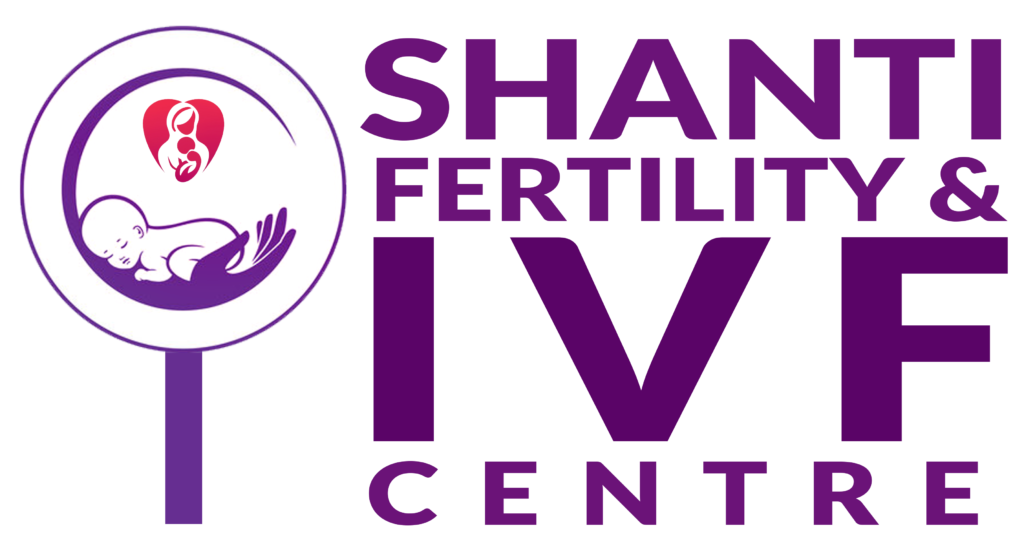When facing fertility challenges, individuals and couples are often presented with several treatment options. Among the most common are In Vitro Fertilization (IVF) and Intrauterine Insemination (IUI). While both can significantly increase the chances of conception, they differ in their approach, complexity, and success rates. This article explores the differences between these two treatments to help you make an informed decision.
1. In Vitro Fertilization (IVF)
What is IVF?
IVF is one of the most widely used and advanced fertility treatments. It involves retrieving a woman’s eggs and fertilizing them with sperm in a laboratory. The fertilized eggs (embryos) are then monitored for development, and one or more healthy embryos are transferred back into the uterus for implantation.

Who is IVF suitable for?
IVF is commonly recommended for individuals or couples who are dealing with:
- Blocked or damaged fallopian tubes
- Severe male infertility, such as low sperm count or motility issues
- Endometriosis
- Ovulation disorders or problems with egg quality
- Advanced maternal age (typically over 35 years)
- Unexplained infertility
- Failed attempts with other fertility treatments like IUI
Steps involved in IVF:

- Ovarian Stimulation: The woman receives hormone injections to stimulate the ovaries to produce multiple eggs.
- Egg Retrieval: Mature eggs are collected from the ovaries using a needle guided by ultrasound.
- Fertilization: The retrieved eggs are fertilized with sperm in a lab (either through traditional insemination or Intracytoplasmic Sperm Injection, ICSI).
- Embryo Culture: The fertilized eggs (now embryos) are monitored for a few days as they develop.
- Embryo Transfer: A healthy embryo is transferred into the woman’s uterus, where it can implant and grow into a pregnancy.
- Pregnancy Test: A blood test is done approximately two weeks after the transfer to confirm pregnancy.
Success Rates and Considerations: IVF success rates depend on various factors such as the woman’s age, egg quality, the underlying cause of infertility, and the number of embryos transferred. Women under 35 generally have higher success rates, often around 40-50% per cycle. IVF is not as expensive as people think, but it requires multiple medical visits and procedures. However, for many, IVF provides the best chance for conceiving a biological child.
2. Intrauterine Insemination (IUI)
What is IUI?

IUI, also known as artificial insemination, is a less invasive and simpler fertility treatment compared to IVF. In this procedure, sperm is collected, washed, and concentrated before being placed directly into the woman’s uterus during her ovulation period. This increases the likelihood of the sperm reaching and fertilizing an egg naturally within the body.
Who is IUI suitable for?
IUI is generally recommended for individuals or couples facing:
- Mild male infertility (low sperm count or low motility)
- Issues with cervical mucus that may hinder sperm movement
- Couples using donor sperm
- Women with ovulation disorders (with the help of ovulation-inducing medications)
- Unexplained infertility
Steps involved in IUI:
- Ovulation Monitoring: The woman’s ovulation cycle is tracked, either naturally or with medications to induce ovulation.
- Sperm Collection: Sperm is collected from the male partner or a donor, then “washed” to concentrate the healthiest sperm.
- Sperm Insemination: The prepared sperm is inserted into the uterus using a thin catheter, timed with ovulation for optimal chances of fertilization.
- Waiting Period: After the procedure, a waiting period follows to see if pregnancy occurs naturally within the body.
Success Rates and Considerations: IUI is typically less expensive and less invasive than IVF but also has lower success rates. Women under 35 often see success rates of 10-20% per cycle, depending on individual circumstances. For older women or those with more severe infertility issues, IUI may not be as effective.
IUI is often considered a good first step for couples with mild infertility, and multiple cycles may be attempted before moving on to more advanced treatments like IVF.
IVF vs IUI: Key Differences
| Factor | IVF | IUI |
| Procedure complexity | High | Low |
| Cost | Affordable | More affordable |
| Who it’s for | Severe infertility, blocked tubes, age-related infertility | Mild infertility, couples with male factors |
| Invasiveness | High | Low |
| Multiple attempts | Often involves fewer cycles due to higher success rates | May require multiple cycles |
Which Treatment is Right for You?

Choosing between IVF and IUI depends on your individual fertility challenges, age, and overall health. Couples with more complex or severe infertility issues, such as blocked fallopian tubes or severe male infertility, may be better candidates for IVF. On the other hand, IUI can be a good starting point for couples with less complicated infertility problems or those looking for a more affordable, less invasive treatment.
It’s crucial to consult with a fertility specialist to assess your specific situation. With the right guidance and information, you can choose the treatment option that best fits your needs and improves your chances of achieving a successful pregnancy.


